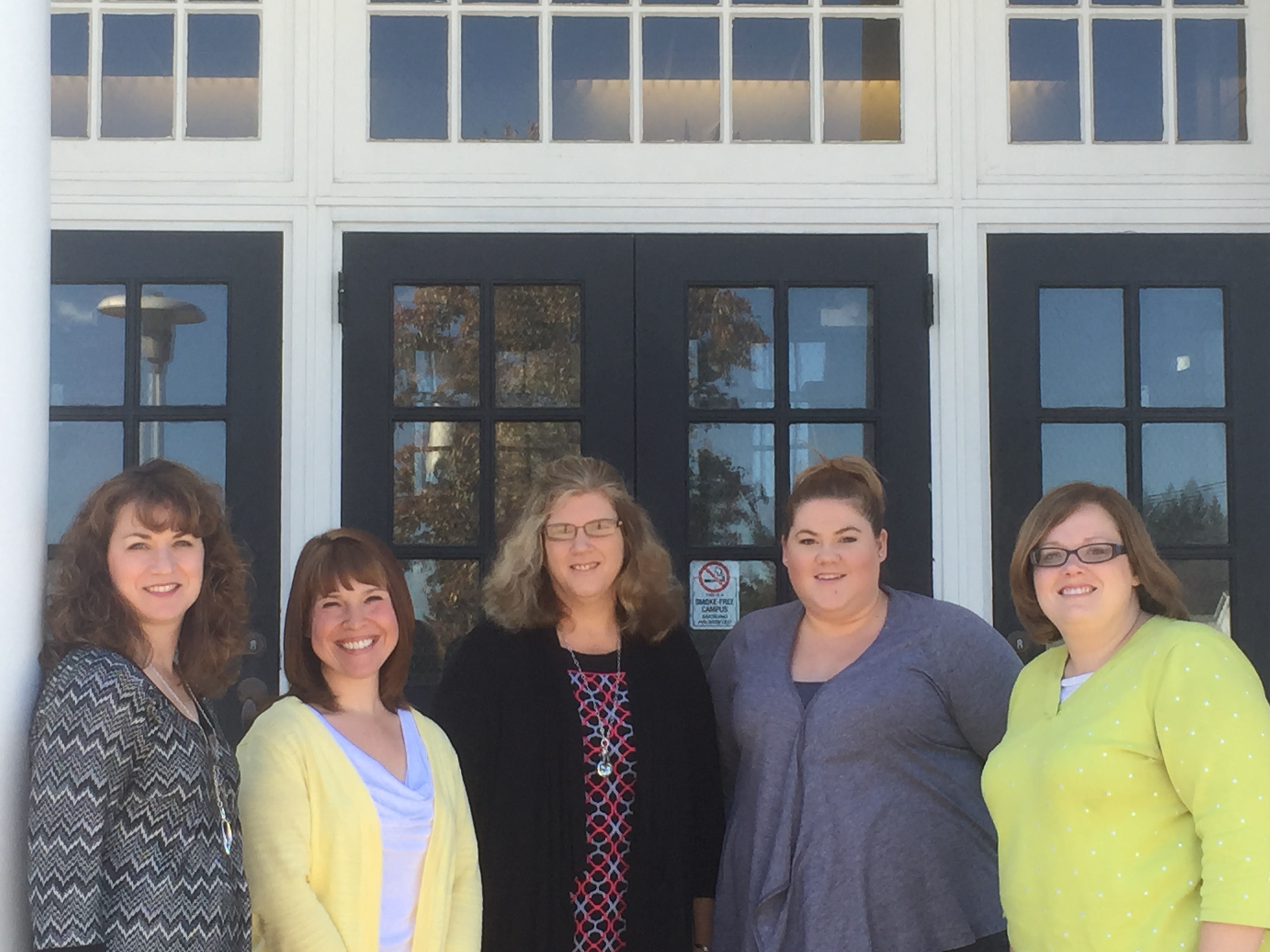FSU President Supports Brownsville Monument Project
On Monday, Nov. 28, FSU President, Dr. Ronald Nowaczyk, confirmed his support for the current movement carried out by students, faculty, and the community to place a monument on campus in commemoration of the Brownsville neighborhood.
Brownsville was an African American neighborhood located in what is now the Upper Quad of Frostburg State University’s campus. It was founded in 1866 when a woman named Tamar Brown, possibly a newly freed slave, purchased the lot for $150.
The community soon developed around Brown’s property. It included the Lincoln Schoolhouse, an African-American public school; the John Wesley A.M.E. Church; family-run businesses such as “Harper’s Parklane and the “Cotton-Club”; it’s own skating rink and ballpark; and the dozens of African American residents equaling out to 40 family names.
By 1927, the State of Maryland began purchasing the homes and the property of the Brownsville neighborhood in order to expand Normal School No. 2 (now Frostburg State University).
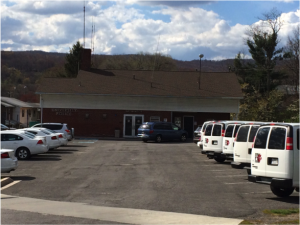
The last house of the Brownsville neighborhood (the White’s house) was demolished this past summer with the installation of a new apartment complex next to the University Police Station. All that remains now is the third location of the Lincoln Schoolhouse (part of the University Police Station) and the memories of previous residents that are still alive today.
Currently, there is nothing on campus in remembrance of Brownsville other than archival documents in the library and the plaque on the current Public Safety Building (University Police Station) recognizing it’s previous use as an African American public school. There isn’t even a mention of Brownsville on the Frostburg State University’s history page.
Acts to commemorate Brownsville first began in 2013 when the Student Government Association (SGA) arranged for a plaque mounted on a bench to be placed on campus. The project, although approved by then FSU President Gibralter, was halted, as they had not reached out to previous residents during the process. No further continuation of the project was ever carried out.
In the spring of 2015, the act of commemorating Brownsville was reintroduced in Dr. Eleanor McConnell’s HIST 433: Public History course, in which seven students studied ways to best preserve history.
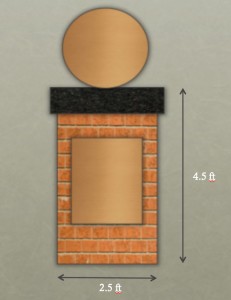
They practiced what they learned in order to try to save the dying memory of the Brownsville neighborhood, and they ended up with a design and a location of a monument to be placed in the Upper Quad, as well as street sign placements, as the current sidewalks align almost identically with the streets of Brownsville. The totaled estimate for the project was $13,000.
Throughout the process, students contacted previous residents for their input and ideas for commemoration. The project was presented at the Symposium that spring, but no finalization was ever settled.
In the fall of 2016, the need for tribute to this soon-to-be lost community was further emphasized by the students, faculty, and community. The goal of the project was to drive down costs and receive approval from the university. Overall, the cost was reduced to $10,000, with only minor changes to the previous monument proposed. In the first nine days of fundraising, $625 was raised, the total now standing at $750.
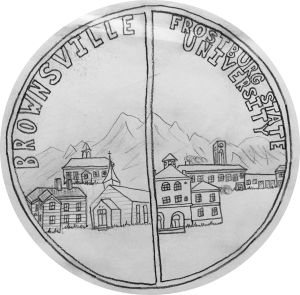
The monument will consist of a natural granite base standing seven feet tall. A panel and a headpiece will be mounted onto the base. The panel will consist of a brief history of Brownsville, the 40 family names, and donors who pledge $1,000 or more. The headpiece will incorporate three buildings from Brownsville (the first location of the Lincoln Schoolhouse, Tamar Brown’s house, and the second location of the John Wesley A.M.E Church) and three buildings from FSU (the clock tower, the original Compton Science Center, and Old Main). The Appalachian Mountains will be displayed in the background connecting the two.
President Nowaczyk was very welcoming to the idea when it was brought to his attention. He stated that “Brownsville is an important part of Frostburg State’s history as well as that of the City of Frostburg. Given that part of Brownsville was located on the campus itself and contributed to the history of FSU during its early decades, I believe that the Frostburg State community should appropriately recognize and memorialize Brownsville on campus. The work of students and staff in researching this linkage of Brownsville with today’s campus environment is an example of Frostburg State’s commitment to experiential learning.”
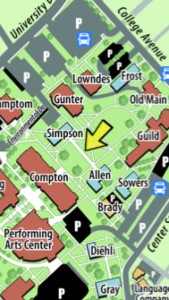
The location is still pending, as feedback is needed from facilities to confirm the logistics of having something such as a monument be placed on campus.
“This monument would be but a small token of appreciation that demonstrates the university’s recognition that these families made significant sacrifices to accommodate the growing institution. The descendants of the Brownsville families have had input in the design, but they should not be made to feel that they should fund the monument. Those affiliated with the university and other members of the community will be the targets of the fundraising campaign,” stated Dr. Amy Branam-Armeinto, head of the English Department.
Dr. Branam-Armiento has been a guiding supervisor for the project, her works to finalize this project being appreciated throughout the university and community. A student is currently being sought to work under Dr. Branam-Armeiento next semester to handle fundraising and publicity.
The target date to raise the funds for this project is set for April 1, 2017, and it is anticipated to hold a dedication ceremony in October of 2017.
To help make this project a reality and save the memory of Brownsville, please visit https://www.gofundme.com/brownsville-fsu to donate or share.




